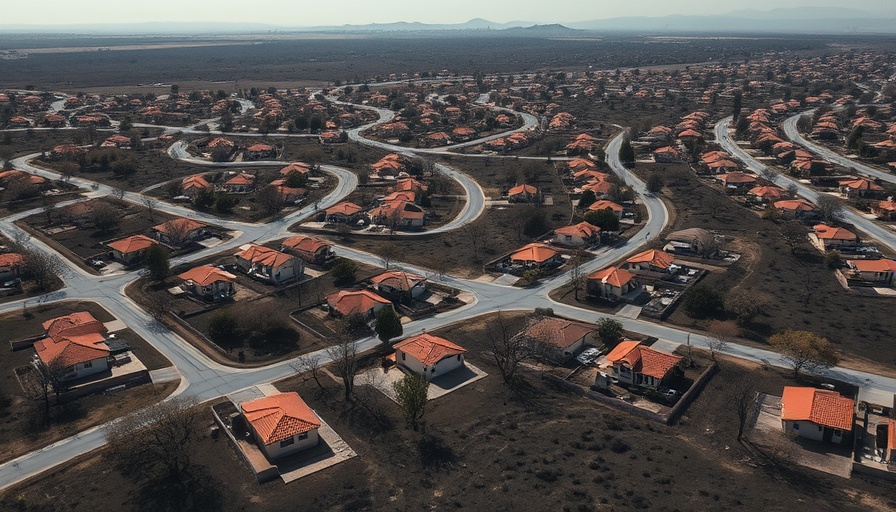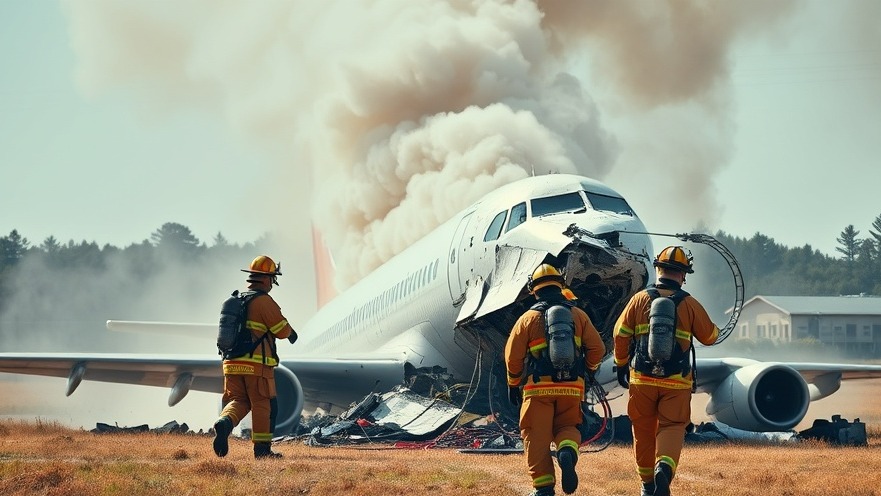
Understanding Cities Vulnerable to Climate Disasters
As climate change escalates, certain cities are increasingly at risk of experiencing devastating climate disasters. These urban areas are often referred to as "sitting ducks" due to their inherent vulnerabilities—such as geographic location, infrastructure weaknesses, and population density. For franchisors, understanding these factors is crucial not just for physical locations, but also for strategic decision-making in operation and expansion.
Key Factors Contributing to Vulnerability
In assessing which cities are at risk, several critical factors come into play. Coastal cities, for instance, face imminent threats from rising sea levels and severe weather events such as hurricanes. Inland cities are not spared—drought, wildfires, and extreme temperatures can compromise their infrastructure and economic stability. By identifying these vulnerabilities, franchisors can develop contingency plans to ensure business continuity regardless of environmental changes.
Operational Insights for Franchisors
For franchisors, knowing the characteristics of at-risk cities can guide site selection and operational strategy. Cities that are predicted to face severe climate impacts may require different operational protocols. For example, in areas prone to flooding, a franchise may want to evaluate alternative supply chain routes and invest in disaster recovery plans. This proactive approach not only protects investments but also supports franchisee performance through better preparedness.
Technological Trends to Enhance Resilience
Emerging technologies can play a pivotal role in minimizing the effects of climate disasters on franchise operations. Innovations like predictive analytics can help franchisors assess risk in specific locations and create better operational strategies. Enhanced communication platforms provide timely updates to franchise owners about emergencies or disruptions, allowing for agile responses. Adopting these technological solutions can lead to greater resilience against climate challenges.
The Human Element: Protecting Franchisees and Employees
Beyond the physical assets, the human component of franchises is equally crucial. Ensuring that franchisees and employees have the necessary resources and training to respond during a climate disaster is essential. This could include developing emergency response training manuals, conducting regular drills, and providing access to emergency contacts. The stronger the human element, the more resilient the franchise becomes, and this ultimately enhances overall brand consistency.
Future Predictions: Planning for a Changing Climate
Looking ahead, franchisors will need to be cognizant of shifting climatic patterns that could alter consumer behavior and operational feasibility in specific cities. Cities currently viewed as flourishing markets might face challenging climates in the future. It is imperative for franchisors to integrate climate risk assessments into their long-term strategic planning. The ability to pivot and adapt to these changes can mean the difference between thriving and simply surviving in the rapidly evolving franchise landscape.
Conclusion: Preparing for the Future
In conclusion, no franchisor can afford to ignore the looming threats posed by climate change. By taking the initiative to understand the vulnerabilities of prospective urban markets, leveraging technology, and prioritizing the well-being of franchisees and employees, franchisors can enhance their operational resilience. This proactive stance not only safeguards existing operations but also creates a foundation for future growth. So as a franchisor, consider investing in climate-smart strategies now to ensure success in an unpredictable future.
 Add Row
Add Row  Add
Add 






Write A Comment